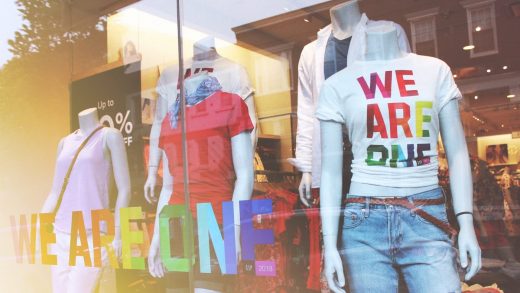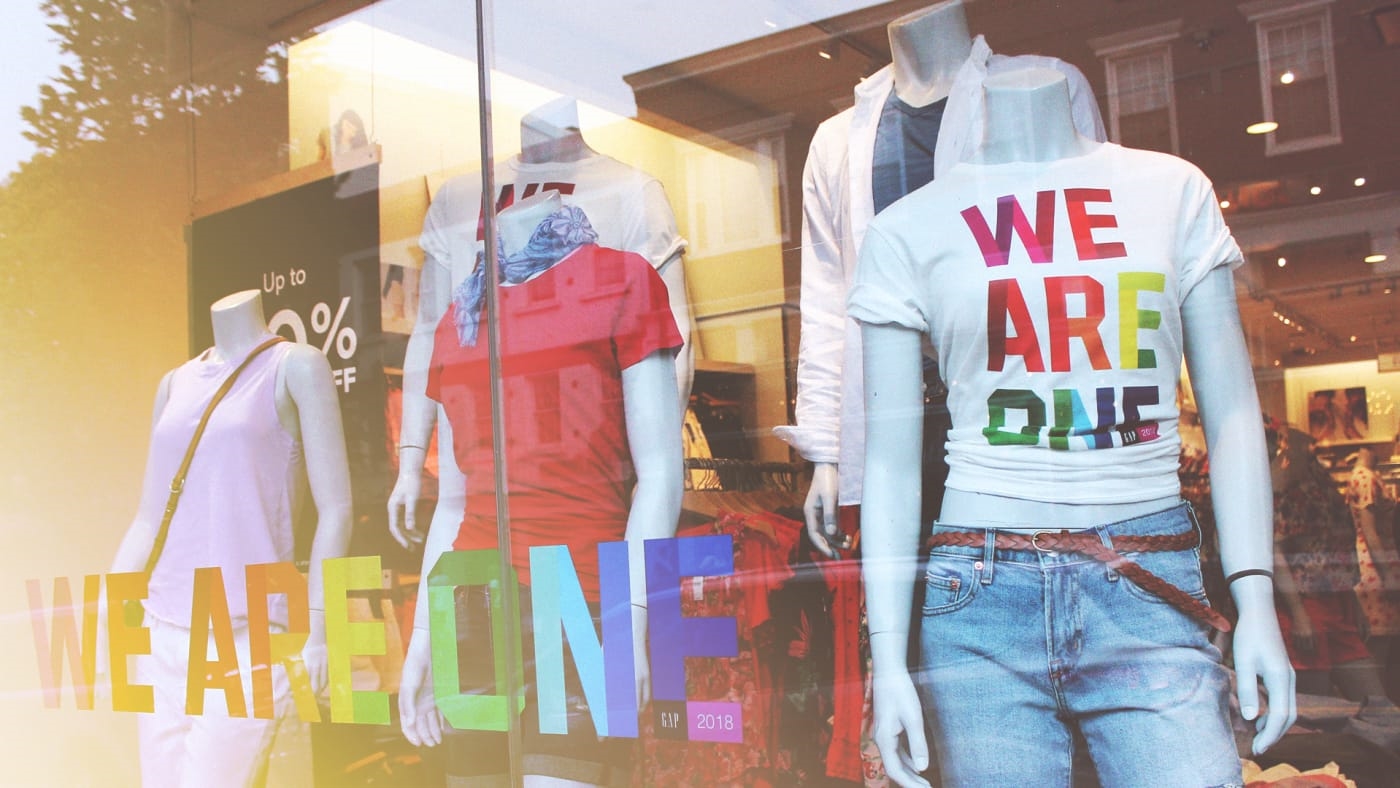Five ways consumer brands can become more queer-friendly
Pride started as a radical protest in New York City to assert the dignity, humanity, and equality of LGBTQ people. Since then, however, it’s been commodified–especially by brands–as a monthlong festival that gives companies a chance to appear inclusive and diverse each June, simply by decking their storefronts and websites in rainbow flags and shouting “Happy Pride.”
Those tactics don’t always resonate with queer consumers who, after all, are queer 12 months a year. There’s value in dedicating a month to raising social consciousness, but there’s even more value (including the kind you can see on a balance sheet) to meaningfully representing the significant chunk of the population that’s lesbian, gay, bisexual, trans, queer, intersex, and asexual. As the beauty industry, for example, is finally coming around to discover, it just doesn’t make business sense to ignore them. Indeed, market researchers have found that LGBT households spend more than non-LGBT households and estimate queer American’s combined spending power at some $965 billion.
Inclusivity isn’t always queer (but should be)
Nevertheless, LGBTQ people remain consistently marginalized across many consumer industries, including in my own, lingerie. All the “body positivity” marketing we’ve been seeing from fashion and beauty retailers so far hasn’t translated into greater LGBTQ inclusion. Not only are brands that are explicitly queer-focused brands largely absent from major trade shows and industry publications, they’re also rarely sold in boutiques or department stores. There’s a kind of enforced invisibility at work here, one implying that queer people don’t exist or at least don’t buy lingerie. Yet the success of companies like Chromat and TomboyX indicate the exact opposite is true. LGBTQ customers not only exist, but brands that welcome and encourage their patronage go on to thrive.
It’s not just a business matter, though. When historically marginalized people see themselves represented in mainstream imagery–in lookbooks, editorials, on a company’s website, and so on–it validates and acknowledges their existence, a sign that they are worth being noticed and catered to. We know that representation when it comes to size and skin color matters. Why should gender identity and sexuality be any different?
Still, for brands that are new to inclusivity, expanding their horizons can seem daunting. What does being LGBTQ-inclusive look like? And what changes can brands make for the long-term? For those wondering how to get started, here are three small recommendations that are easy for companies to incorporate into their branding, marketing, and work culture, plus two bigger suggestions that may take a bit longer to implement. But all are worthwhile to make everyone feel more welcome.
Three easy changes . . .
. . . And two bigger ones
Becoming a more LGBTQ-friendly consumer brand isn’t impossible, and you don’t need to get it right overnight. Queer people will be paying attention long after Pride month ends. We aren’t going anywhere.
Cora Harrington is the founder and editor-in-chief of the popular intimate apparel blog The Lingerie Addict and author of the forthcoming book In Intimate Detail: How to Choose, Wear, and Love Lingerie. Follow her on Twitter at @lingerie_addict.
(21)



